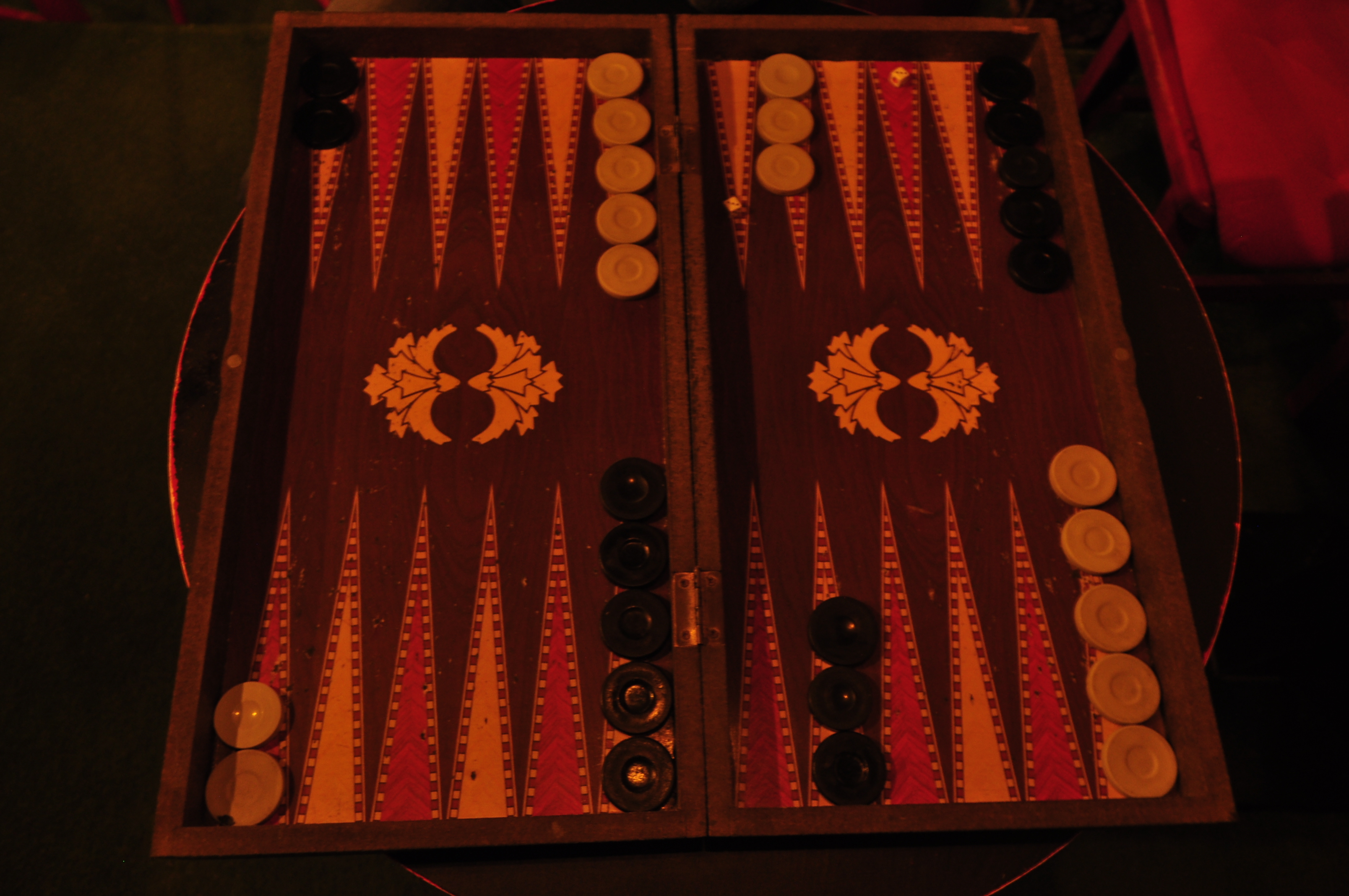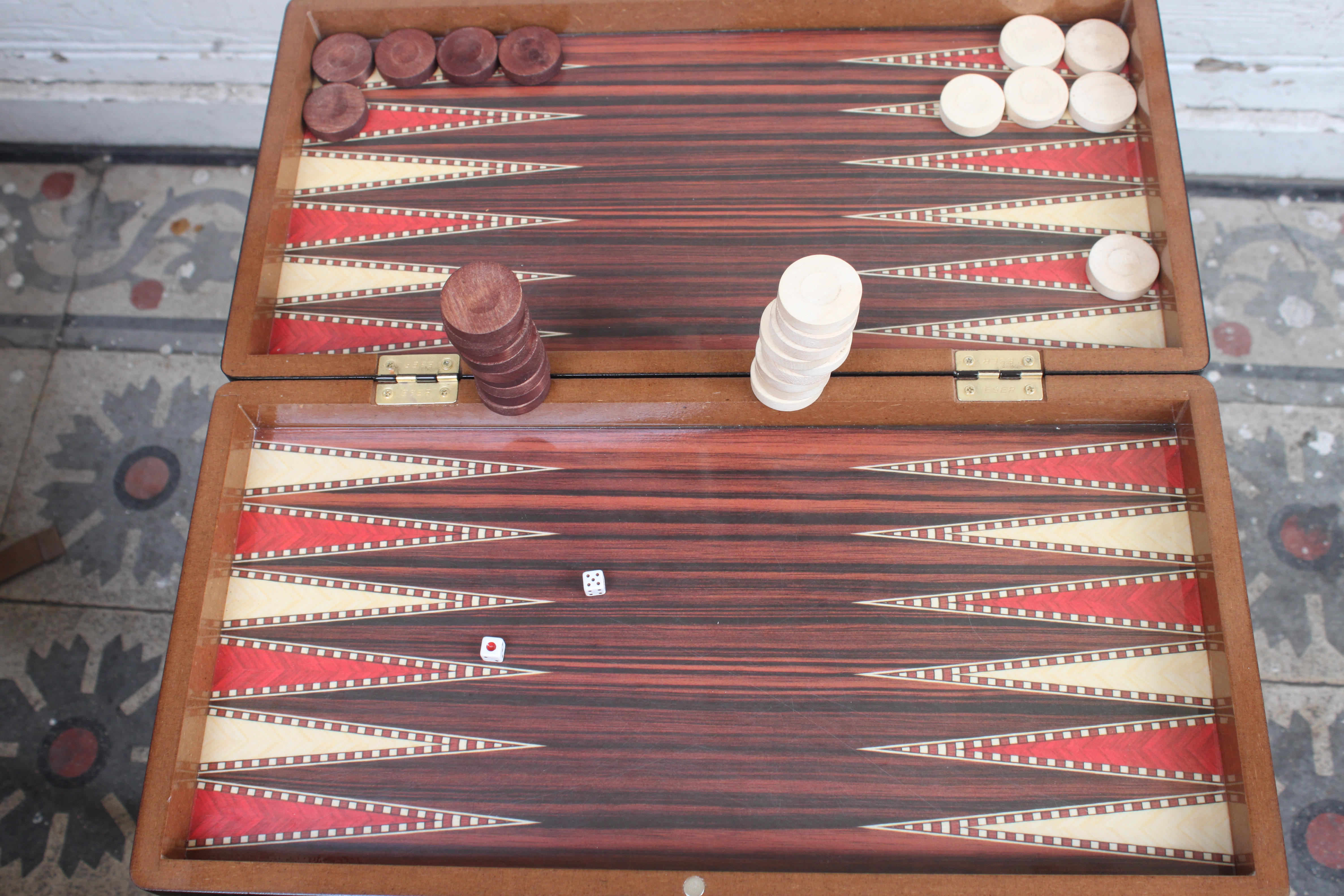With its own attraction and magic this game seems to appear everywhere, may it be in the çay evi or at home, tavla is indispensable from Turkish society and street scenes. Dating back about 5000 years, the board game tavla (and its western equivalent backgammon) is one of the oldest and most frequently played games in the world.
Not only useful as a time killer, but also fulfilling your deepest ambitions for gambling, it’s time to get started with tavla, a game with a long history and quite simple rules.
History
The origin of tavla is a long way back through the times of the former high cultures. It was supposedly already being played in historical Mesopotamia in 3000 BC, a Southwestern region in Asia, which can be seen as the world’s first civilization including parts of nowadays Iraq, Turkey and Syria. This version is known as the Game of Ur. Other archaeological findings date back checkers and dice over 5000 years to Iran. With other variations the game made its way through the empires. Played in the Byzantine Empire and called “tabula” in the Roman Empire, it was known as “Senes” within Egyptian society.
Widely spread within the Middle East, it later made its way to Europe around the eleventh century and was recognized for the first time in their dictionaries around 1600 as backgammon.
Preparation
For a round of tavla, two sides of each fifteen stones (checkers) need to be set up. Two stones are set on the first triangle on the side of one’s opposition. Then counting from there, five stones are set to the twelfth triangle, three stones to the 17th triangle and the last five stones are set to the 19th triangle.

For a bit of stylish flourish, tavla is often played with one hand. This one hand rolls the dice and moves the stones as fast as possible without individually counting the spaces by touch on the board. The dice are taken up in one’s fingertips and rolled against the wood at the end of the board. The other hand is not used to touch the game itself and instead holds cigarettes and tea, as well as often being used to gesture wildly during the course of play.
Rules
Even though it’s widely common to have at least three people sitting around the board and chatting to each other, tavla is a two-player game. The goal of the game is to move all your stones into your closest quadrant (the farthest corner from your first triangle with two stones) and eventually roll them off the board completely (see below).

After choosing sides and colours, each player rolls one of the dice. The higher number kicks off and throws the two dice to begin the game. Each triangle represents a single digit corresponding to the dice, and while it might be acceptable to count spaces individually early in your tavla career, you’ll definitely want to learn how to eyeball your moves and complete them with confidence. If you throw a double, you are able to make the corresponding moves an additional two times. For example, if you throw two fives you have twenty moves to play (in moves of five). All numbers have to be played when possible. The only possibility not to do so is when all the fields are already occupied by two or more of your opponent’s stones and no moves are left.
It is permitted to move onto any triangle as long as it empty or has only one of the opponent’s stones present. It is not possible to move a stone into a space occupied by two or more of your opponent’s pieces. If there’s only one opposition stone present, it is called a blot and you are free to kick it off the board.
A stone which has been removed from the board, can only be brought back into play at the beginning of the corresponding’s player turn. The stone is able to enter at the farthest quadrant from the player’s respective home quadrant relative to the roll. If all the possible spaces relevant to the roll are occupied by two or more of an opponent’s stones, the player loses their turn. A player cannot move any pieces until all outstanding pieces have been returned to play.

Endgame
Endgame begins when all the pieces have been brought to your home quadrant. Once this occurs, you can begin moving pieces off the board, relative to the numbers on every dice roll. If your roll is a lower number than the distance necessary for a piece to move off the board, you can simply move it forward that number of spaces.
The winner is the player who removes all their stones first. Generally speaking, winning a round of tavla counts as a single point. Usually a few rounds are played towards a previously agreed total, at which point there’s a true winner upon reaching that goal. It’s especially common to have winning a round of tavla count as two overall points, if the winner from that round removed all their pieces from the board before the opponent was able to remove any.
Images courtesy of the author.










It’s a bit perplexing that finding a set of stylish checkers proved impossible in Istanbul. I have a beautiful Syria-made tavla board but the checkers are a boring set of plywood disks which I cannot replace with anything remotely tasteful. Can anyone give me some directions for tavla checkers shopping in Turkey?